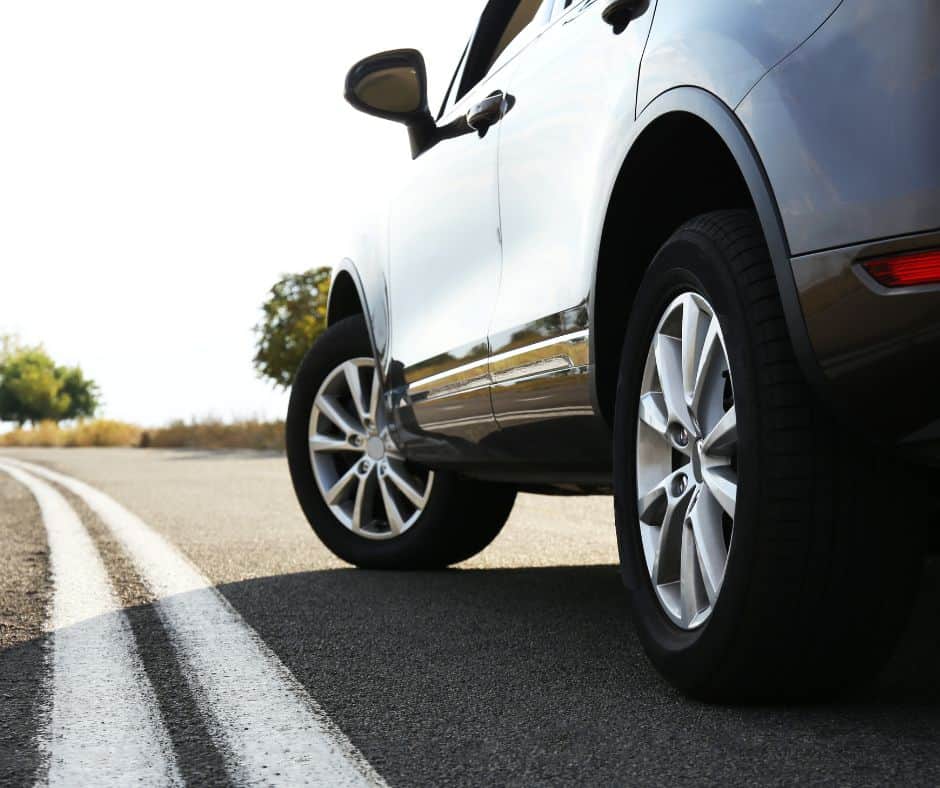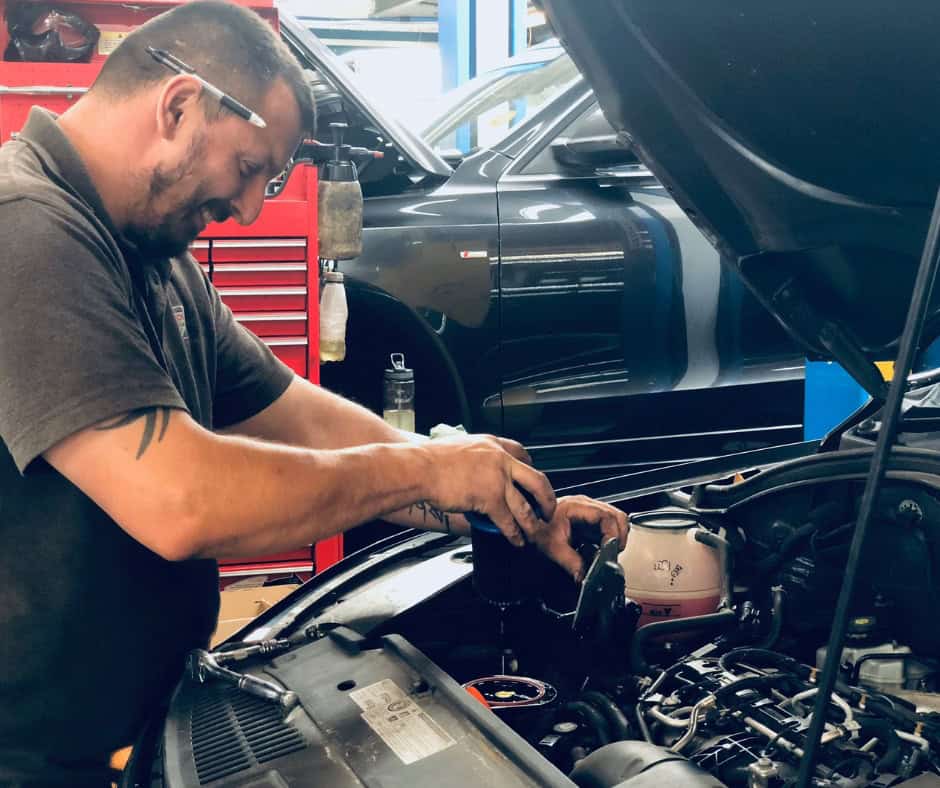22nd June 2023
Tyre puncture repair guide
The thought of having to repair a tyre puncture can seem like the end of the world, the good news is we’re specialists in speedy repairs. With Delany Motors, you’ll be back on the road soon!
When it comes to tyres, we’ve seen it all. From an instant puncture caused by a nail to severely under-inflated tyres which indicates that there may be a puncture, in our experience, tyre damage can quickly develop.
The Highway Code offers drivers detailed guidance on tyres; you must know how to deal with a tyre puncture, should it occur. We are confident our guide will help you with the finer details in no time at all.
There are certain questions we’re frequently asked. Undoubtedly, the most-asked question is can you drive with a flat tyre? This is closely followed by how do drivers know when they’ve encountered a puncture. We’ll explore these throughout this tyre puncture repair guide
Types of tyre damage
Depending on many driving factors, such as driving behaviours, terrain and amount of journeys made, tyre damage can occur at any time, in any place. Some tyre damage can prove permanent, whereas others involve minor repairs, easily fixable by a specialist.
The most common tyre damage tends to fall into the following categories:
- Punctures
- Slices and cuts
- Irregular/ uneven wear
- Worn tyre treads
- Cracks and bulges (usually caused by impacts, such as kerbs)
All of the above can happen for a multitude of reasons, therefore, it’s best to be aware of certain factors that increase the chances of issues occurring.
What does the law state on tyres?
To coincide with being a responsible driver, there are certain minimum standards and legal requirements that UK law clearly states. It’s absolutely essential that you’re aware of these and of course, abide by them.
As a rule of thumb, they fall into three main laws, relating to your tyres only. These are:
- Tyre tread depth – You must ensure the minimum legal tread depth is 1.6mm. If you require assistance with such measurements, feel free to contact us
- Tyre overall condition – Upon visual inspection, all tyres must be completely free from any serious damage, cuts that expose any braid/cords and bulges in side wall or tread surface.
- Tyre pressure – All four tyres must be accordingly inflated, as per the manufacturer’s recommendations.
Significantly, The British Tyre Manufacturer’s Association (BTMA) states that when it comes to tyre repairs (for instances such as tyre punctures), there is only one procedure that is legally accepted and this is known as the current British Standard BS AU 159.
Rest assured, each technician within our team is fully equipped with specialist knowledge of current laws and regulations and always applies this when working on each vehicle. At Delany’s, we pride ourselves on continually up-levelling our team
Tyre puncture repairs and the significance of tyre pressure.
The significance of tyre pressure and how it impacts your tyre’s overall health mustn’t be overlooked. As much as the recommended ‘ideal’ tyre pressure varies depending on the vehicle’s load and speed, always consult your vehicle owner’s handbook for the applicable ranges.
As a general rule of thumb, most vehicle tyre pressure specifications fall between a range of 28 – 36 PSI (pressure per square inch). If your tyre pressure falls below this range, which is usually caused by underinflation, the longevity of the tyre is compromised and could be reduced by at least 25% if left in this condition.
Further implications come in the form of:
- Vehicle instability and uneven load distribution
- Impaired driver handling, especially when turning and manoeuvring corners
- Increased safety risks whilst driving
- Increased emissions and less fuel-economy
- Longer stopping distances which can cause accidents on the road
Signs you need a tyre puncture repair
As life is constantly busy and non-stop, we can be forgiven for failing to realise when our car encounters tyre issues. Some signs, such as altered steering, or bulges on the side walls are more obvious than the subtle signs. These may include a slight vibration sound that occurs during a slow puncture. Especially if you have radio background noise when driving, these may easily go unnoticed.
The main signs that indicate a tyre puncture are:
- A pulling sensation – when the car steers to the left or right, indicating a change in tyre pressure, usually caused by a puncture.
- A noticeable change in vehicle handling, is particularly linked to your suspension feeling slightly off, or heavier as some describe.
- Steering wheel vibrations are caused by the car becoming unbalanced.
When to repair or replace your tyres
A question we’re asked a lot by drivers is whether it’s best to repair or replace a tyre. As much as a repair may seem like the more viable, cheaper option, it’s not always the case. Depending on the age of the tyre (5+ years), we would recommend a replacement.
If the damage caused by the puncture is larger than 6.35mm in size, a replacement would be necessary. The significance of the damage all lies within which the foreign body caused the puncture. The smaller the object, the more likely it could be repaired, as opposed to being replaced.
Other factors, such as the overall condition of the tyre are also taken into consideration when deciding which course of action is best. If we can repair your puncture at Delany Motors, we will strive to do so.
JDM specialised help and advice
As well as providing our customers with a tyre FAQs page, we want you to feel confident when establishing the current state of your tyres. We recommend frequent visual checks of your tyres, carrying a spare tyre in the boot at all times and ensuring you’re familiar with your vehicle handbook.
It’s worth noting that tyre neglect is responsible for 17% of all MOT failures. This is why it’s paramount that you’re aware of your nearest local garage. Delany Motors pride itself on growing to become Stockport’s largest independent garage
Feel free to get in touch with one of the team, who will assist with all of your tyre needs.











